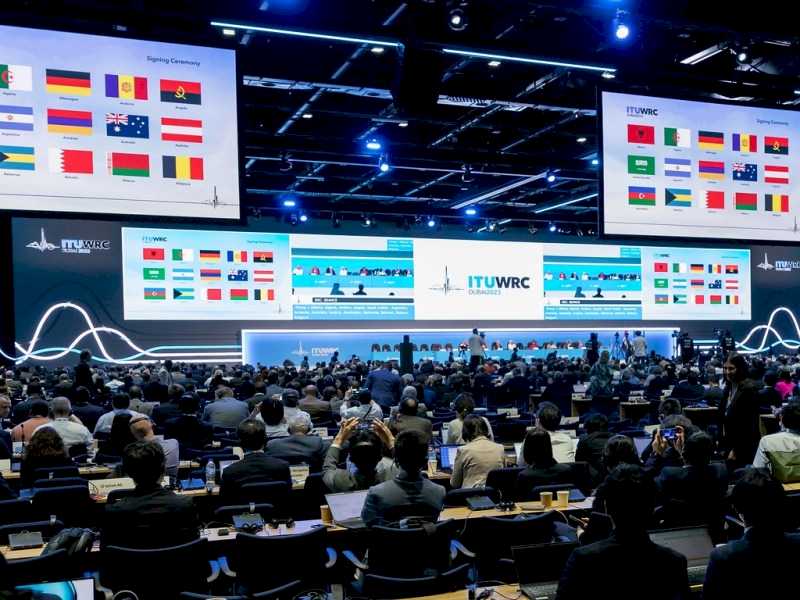

View 333 times
#WASHINGTON — #Amazon is seeking to dismiss a shareholder lawsuit filed in August that alleged that the company’s board of directors acted in bad faith when it awarded Project Kuiper launch contracts to #Arianespace, Blue Origin and United Launch Alliance.
In a filing with Delaware’s Court of Chancery Dec. 11, Amazon said a suit filed in August by a Cleveland-based pension fund that is a company shareholder failed to provide the “extreme set of facts” required by law to show Amazon’s board improperly approved the launch contracts while overlooking #SpaceX.
The lawsuit claimed that the board performed little diligence on the proposed contracts to launch the 3,236-satellite constellation with the Ariane 6, New Glenn and Vulcan Centaur rockets. The combined contracts were, it stated, the second largest capital expenditure in Amazon’s history at the time, trailing only its $13.7 billion acquisition of grocer Whole Foods.
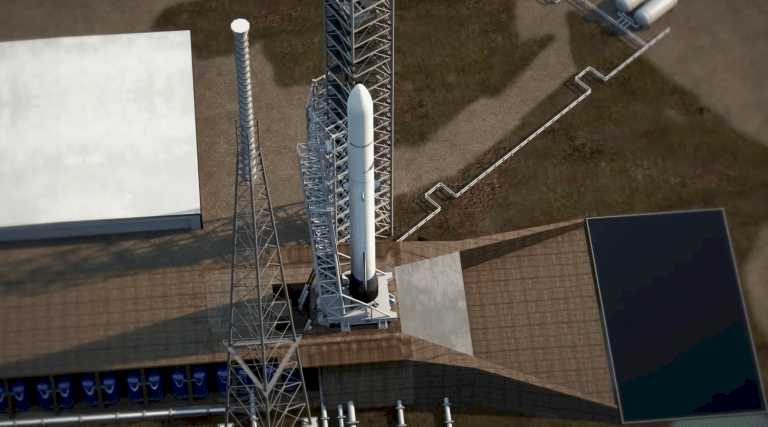
View 340 times
#SANFRANCISCO – The first #NASA #satellite to measure air pollution hourly shows so much promise that space agency officials are already thinking about ways to extend its life.
“We want #TEMPO to last for 10 years, if possible,” Barry Lefer, #NASA tropospheric composition program manager, said Dec. 12 at the American #Geophysical Union annual meeting here. “So, we are going to baby it.”
TEMPO, short for Tropospheric Emissions: Monitoring of Pollution, was sent aloft in April as a hosted payload on Intelsat 40e, a geostationary communications satellite. The instrument, built by Ball #Aerospace to measure atmospheric pollution from Canada’s oil sands to the Yucatán Peninsula and from the Atlantic #Ocean to the Pacific Ocean, made its first North American scans in early August.
View 342 times
#TAMPA, Fla. — International regulators are set to allow technical studies for changing #satellite transmission power limits on the condition that there would not be any regulatory action resulting from them until at least 2031.
The compromise follows weeks of talks about reviewing Equivalent Power Flux Density (EPFD) limits, a divisive issue in the space industry affecting how powerful non-geostationary (NGSO) satellite signals should be to avoid disrupting geostationary spacecraft.
NGSO newcomers including #SpaceX and Amazon argue that EPFD rules are outdated after being created more than a decade ago, constraining their constellation plans more than necessary to protect satellites in geostationary orbit (GEO).

View 333 times
#ORLANDO, Floride — Quasar #Satellite Technologies — une startup qui suit les signaux radiofréquences émis par les #satellites et analyse les conversations radio pour en tirer des informations — vise le marché américain de la défense et du renseignement. Phil Ridley, fondateur et PDG, a déclaré que la société avait développé une antenne réseau numérique portable capable de surveiller les transmissions #RF de dizaines de satellites à la fois. La technologie, actuellement utilisée par l’armée et les agences de renseignement australiennes, est proposée au gouvernement américain, a déclaré Ridley dans une interview lors de la conférence #Spacepower de la Space Force Association. Ridley a annoncé lors de la conférence que la société ouvrirait un bureau aux États-Unis en 2024 pour commercialiser cette #technologie.
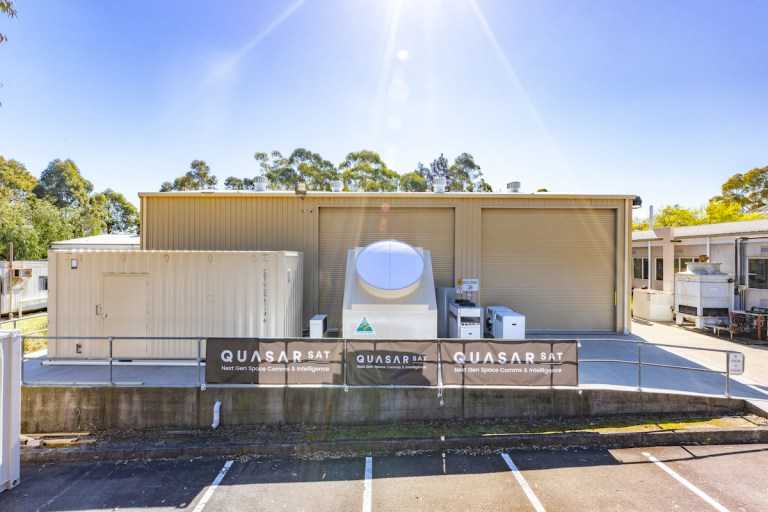
View 333 times
#SANFRANCISCO – The first #NASA-funded small satellite for exoplanet science is continuing to gather data well beyond its expected lifetime.
The Colorado Ultraviolet Transit Experiment, known as CUTE, a six-unit cubesat equipped with a telescope to funnel data to a spectrograph, traveled to sun-synchronous low-Earth orbit in September 2021 as a secondary payload on the NASA- U.S. Geological Survey Landsat 9 Earth-observation mission.
CUTE was designed to operate in space for at least eight months. Twenty-seven months later, the satellite’s onboard instruments still are observing the dramatic atmospheric loss of “hot jupiters,” gas giants orbiting very close to bright stars

View 334 times
#HELSINKI — Launch startup iSpace has successfully launched and landed a test article, a month after a first hop test, as Chinese reusable rocket efforts intensify.
ISpace’s Hyperbola-2Y methane-liquid oxygen reusable verification stage lifted off from a pad at Jiuquan Satellite Launch Center in the Gobi Desert at 4:07 a.m. Eastern (1107 UTC) Dec. 10.
The Hyperbola-2Y reached an altitude of 343.12 meters, translating 50 meters to a landing zone and touching down with a velocity of 1.1 meters per second and an accuracy of 0.295 meters. The entire flight lasted 63.15 seconds, according to an iSpace press statement.
The flight came just over a month after a first hop test Nov. 2. That test reached 178 meters and returned to its landing spot. iSpace says it will attempt a test at sea next year after completing ground tests. #spacenews
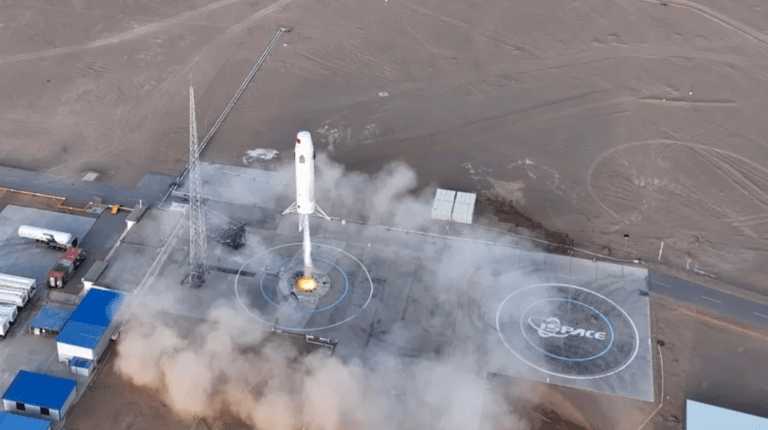
View 342 times
#WASHINGTON — The U.S. Space Force on Dec. 8 officially activated its first component dedicated to both Europe and Africa. The new unit, known as U.S. Space Forces Europe and Africa, will support U.S. European Command (EUCOM) and U.S. Africa Command (AFRICOM).
Headquartered at Ramstein Air Base in Germany, the Space Force component will be led by U.S. Space Force Col. Max Lantz and staffed by approximately 30 service members.
The new component will support EUCOM’s growing need for space-based capabilities such as satellite navigation and communications.
With an increasing number of military assets reliant on space-based technologies, the need for specialized expertise and dedicated resources is more crucial than ever, said Gen. Chance Saltzman, chief of space operations of the U.S. Space Force

View 342 times

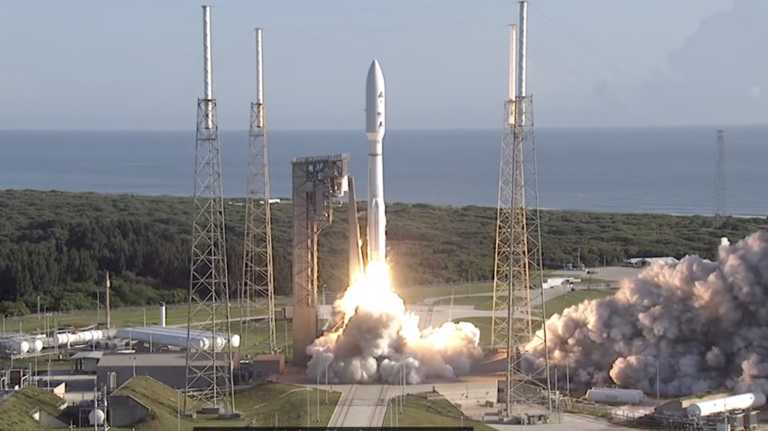


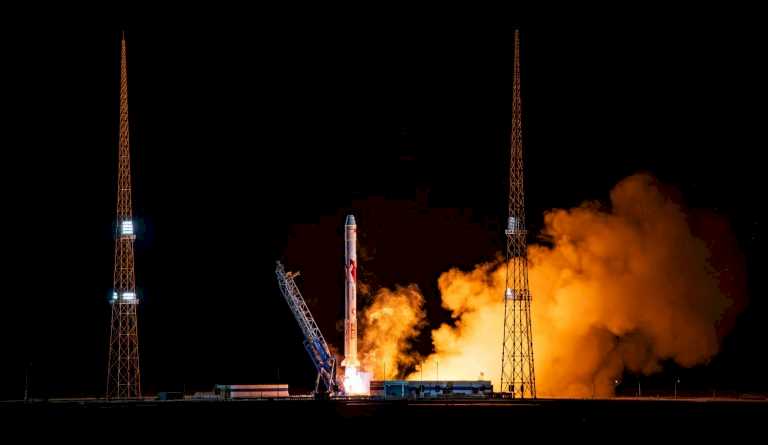
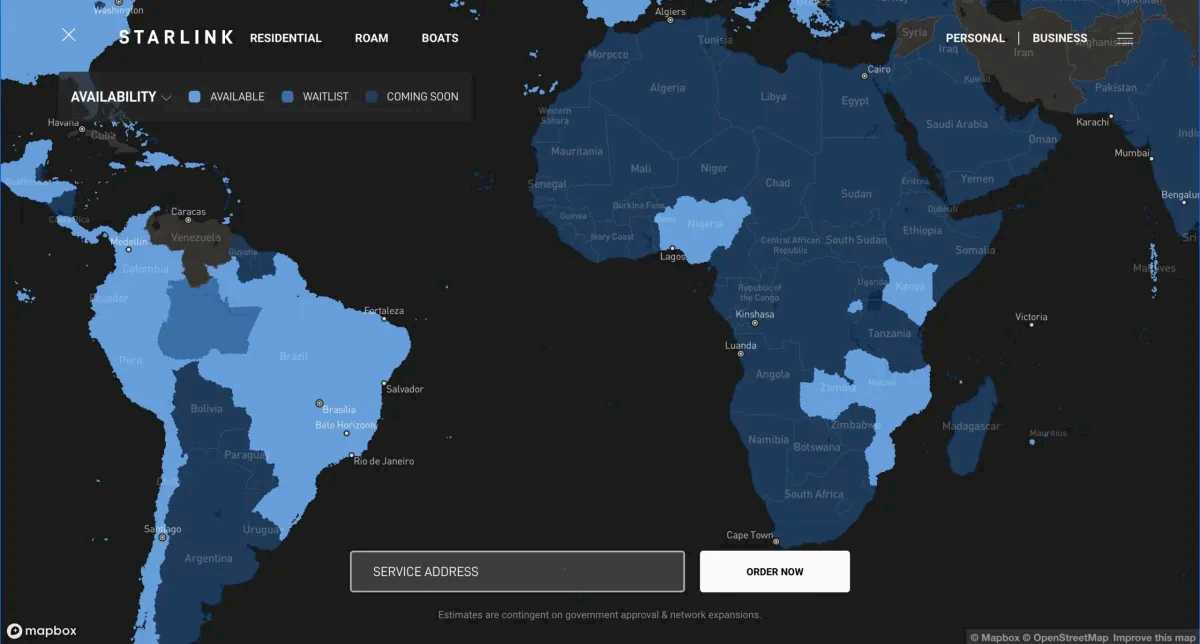


Space news on Umojja.com